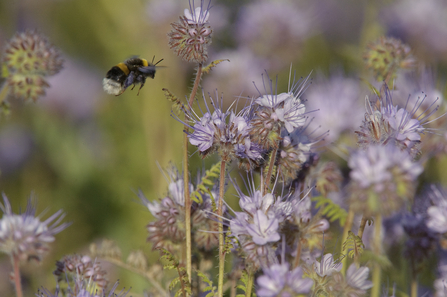It’s no secret that bees and other pollinators are under threat, with numbers declining and areas of natural habitat shrinking. Two species of bumblebee even became extinct in the UK in the twentieth century. Changes in the way we use land especially for farming have led to:
- Loss of bee-friendly habitat, such as wildflower meadows and hedgerows
- Fragmentation of habitat, for example by the removal of hedgerows to increase field size
- Increased use of herbicides to remove weeds and insecticides to stop damage to crops

